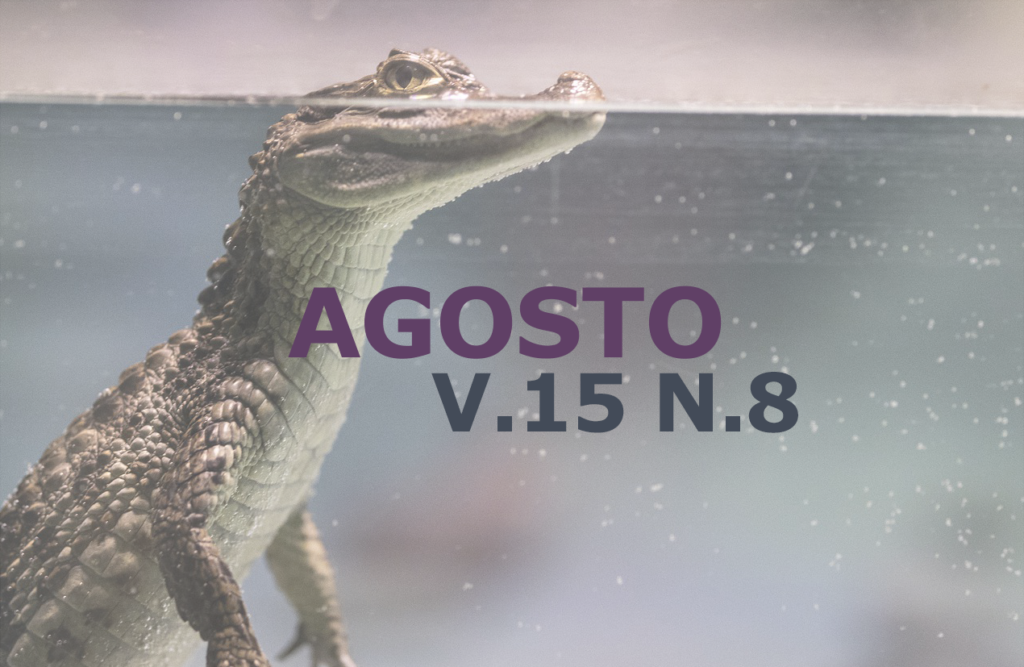Congenital changes in Pug puppies due to inbreeding: Case report
DOI:
https://doi.org/10.31533/pubvet.v15n08a892.1-5Keywords:
Congenital, consanguinity, malformation, neonateAbstract
Crossbreeding between individuals with a high degree of kinship often generate deformities to the fetuses. Inbreeding provides the formation of recessive genes that cause acrosomal defects responsible for malformations that can bring risks to the newborn's life. The objective was to report the follow-up and attendance to a delivery of a female PUG breed whose crossing took place with her grandfather, generating inbreeding and causing two neonates who had congenital malformations. The animal arrived at Tolevet – the veterinary clinic –, located in Toledo - Paraná, in labor, presenting uterine contractions and swelling in the region of the uterus in the abdomen. On physical examination, vital parameters were normal. At birth, seven puppies were born who received the care of removing the placental pouch, clearing the airways and umbilical ligation. Two puppies had congenital deformity; one had concurrent cleft lip with cleft palate (palatoschisis), the second, already in a state of death, presented abnormal fluid accumulation in fully edematous fetal tissue, defined as fetal hydrops. This report demonstrates the importance of avoiding common ancestors consanguineous mating, in order to minimize the incidence of birth defects in neonates that are incompatible with life or that pose a risk to the animal's health and quality of life.
Downloads
Published
Issue
Section
License
Copyright (c) 2021 Leticia Baldassaune de Holanda, Thalia Vitória Mariussi, Sophie Caroline Quatrin, Monica Regina de Matos

This work is licensed under a Creative Commons Attribution 4.0 International License.
Você tem o direito de:
Compartilhar — copiar e redistribuir o material em qualquer suporte ou formato
Adaptar — remixar, transformar, e criar a partir do material para qualquer fim, mesmo que comercial.
O licenciante não pode revogar estes direitos desde que você respeite os termos da licença. De acordo com os termos seguintes:
Atribuição
— Você deve dar o crédito apropriado, prover um link para a licença e indicar se mudanças foram feitas. Você deve fazê-lo em qualquer circunstância razoável, mas de nenhuma maneira que sugira que o licenciante apoia você ou o seu uso. Sem restrições adicionais
— Você não pode aplicar termos jurídicos ou medidas de caráter tecnológico que restrinjam legalmente outros de fazerem algo que a licença permita.





